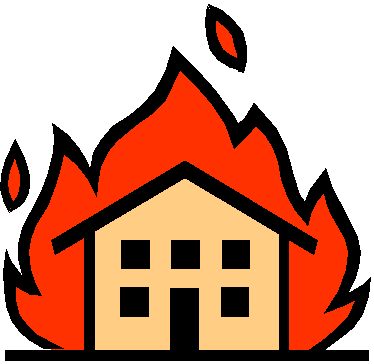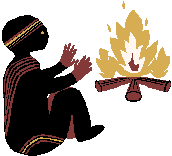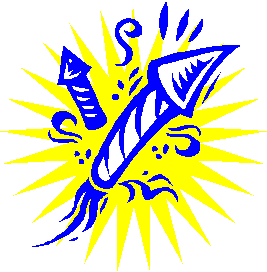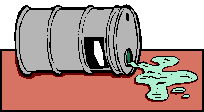|
Frequently Asked Questions: Burns/General
|
|||
|
Difference
between First, Second and Third Degree Burns: v
First-degree burns - Affect the
outer layer of the skin, causing pain, redness, and swelling. v
Second-degree burns affect both
the outer and underlying layer of the skin, causing pain, redness,
swelling, and blistering. Blister may open and ooze clear fluid. v
Third-degree burns extend into
deeper tissues, causing brown or blackened skin that may be painless.
v
Thermal burns - Most common.
Frequently the result of residential fires, automobile
accidents, playing with matches, improperly stored Petrol or
Kerosene, heaters, electrical malfunctions, or arson. v
Burns caused by wet heat such as
steam or hot liquids v
Radiation, friction, heated
objects, the sun, electricity, or chemicals. v
Inhaling smoke, steam,
superheated air, or toxic fume can cause airway burns. v
Other
causes include improper handling of firecrackers.
General- v
Stop the burning. Remove the
victim from the heat source. v
Remove rings, belts, shoes and
tight clothing before swelling
occurs. Minor
Burns-
v
Run cool water over the area of
the burn or soak it in a cool water (not ice water) bath. Keep the area
submerged for at least 5 minutes. v
If the burn occurred in a cold
environment, do not apply water. A clean, cold, wet towel will also help
reduce pain. v
Calm and reassure the victim. v
Cover the burn with a sterile
bandage (if available) or clean cloth. v
Protect the burn from pressure
and friction. v
Contact for medical help. Major
Burns- v
Extinguish fire v
Run cool water. Put cold sponges
for atleast 30 minutes. v
Do not remove burnt clothing,
unless it comes off easily. v
Make sure the burn victim is
breathing; if breathing has stopped or if the victim's airway is blocked
then open the airway and if necessary, begin rescue breathing and CPR. v
Cover the area of the burn with a
cool, moist sterile bandage (if available) of clean cloth (do no use a
blanket or towel; a sheet will do if the burned area is large). v
Do not apply any ointments. Avoid
breaking burn blisters. v
Protect burned area from pressure
and friction. v
To prevent shock. Lay the victim
flat, elevate the feet about 12 inches, and cover the victim with a coat
or blanket. v
Monitor the victim's vital signs
(pulse, rate of breathing, blood pressure if possible) until medical
help arrives.
v
Pull the plug at the wall or shut
off the current. Don't touch a victim who has been in contact with
electricity unless you are clear of the power source. v
Once the victim is clear of the
power source, the priority is to check for any airway obstruction, and
to check breathing and circulation. Administer CPR if necessary. v
Once the victim is stable, begin
to run cold water over the burns for a minimum of 30 minutes. v
After flushing the burn, apply a
clean, cotton cloth to the burn. v
Keep
the victim warm and still and try to maintain a normal body temperature
until medical help arrives.
v
Flush skin with water for at
least 20 minutes. v
Remove contaminated clothing. v
Avoid spreading the chemical to
unaffected areas. v
If the victim's eyes are
involved, flush the eyes continuously with water until medical help is
obtained. Remove contact lenses. v
Check breathing, stop bleeding,
cover burn, maintain body temperature and transport to medical facility.
v Check the package or package insert for emergency information.
|
||





 Causes:
Causes: First
Aid:
First
Aid: Electrical
Burns-
Electrical
Burns- Chemical Burns-
Chemical Burns-